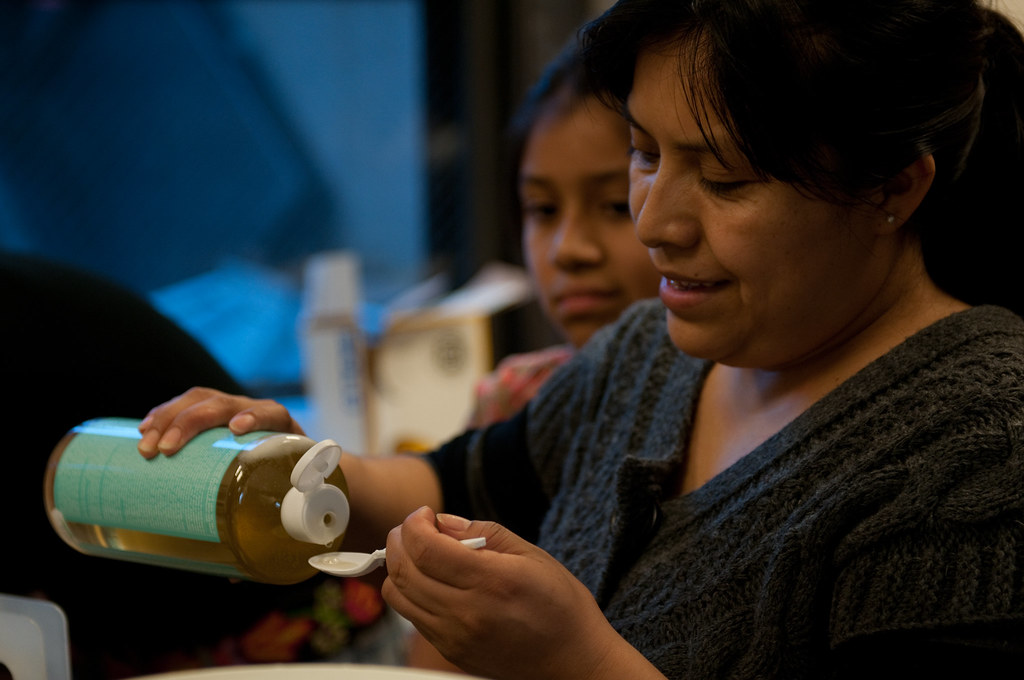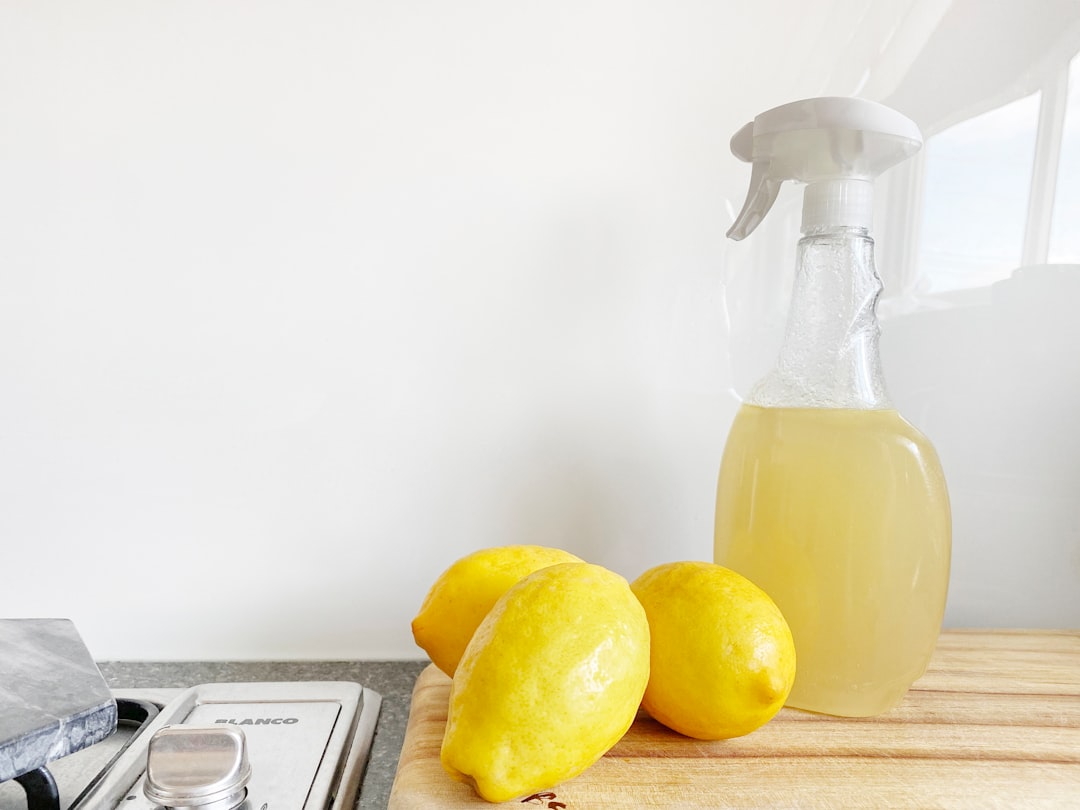Discover the power of green cleaning recipes and how they can transform your home into a safer, more eco-friendly environment. Did you know that many everyday ingredients found in your kitchen can double as effective and non-toxic cleaning solutions? Dive into our guide to learn how to create your own green cleaning products that are not only better for the planet but also kind to your wallet. Prepare to be amazed by the simplicity and efficiency of these natural alternatives.


When it comes to home cleaning, natural ingredients are not only environmentally friendly but also highly effective. Ingredients like vinegar, baking soda, and lemon juice are staples in the world of eco-friendly cleaning. Vinegar, with its acidic nature, is excellent for removing grease and lime scale. Baking soda is a versatile cleaner that can be used to scrub surfaces without scratching them, and its deodorizing properties help in eliminating odors. Lemon juice, rich in citric acid, is perfect for breaking down stains and adding a fresh scent. By combining these ingredients in various ways, you can create powerful cleaning solutions that are safe for your family and the planet.
Creating your own eco-friendly kitchen cleaners is not only simple but also highly effective for maintaining a clean and safe cooking environment. A popular DIY solution involves mixing equal parts of water and vinegar, adding a squeeze of lemon juice for its grease-cutting power and a pleasant scent. This mixture can be used to clean countertops, appliances, and even the kitchen sink. For tough grime on stovetops, a paste made from baking soda and water can be applied, left to sit for a few minutes, and then scrubbed away, leaving surfaces sparkling clean. By using these DIY cleaners, you not only reduce the use of harmful chemicals in your home but also minimize plastic waste from commercial cleaning products.
| Natural Ingredient | Uses | Benefits |
|---|---|---|
| Vinegar and Water | All-purpose cleaner for surfaces | Effective and reduces chemical exposure |
| Baking Soda | Scrubbing tough stains, deodorizing | Great for cleaning and neutralizing odors |
| Lemon Juice | Removing grease and lime scale | Natural antibacterial properties |
| Essential Oils (Tea Tree, Lavender, Eucalyptus) | Adding antimicrobial properties and scents | Improves air quality and surface hygiene |
| Castile Soap | Dishwashing, laundry, hand soap | Plant-based and versatile |
| Hydrogen Peroxide | Disinfectant, stain remover | Effective against germs and stains |
| Olive Oil and Lemon Juice | Natural furniture polish | Safe and leaves a natural shine |
| Cornstarch | Cleaning windows, polishing furniture, shampooing carpets | Non-toxic and versatile |
| DIY Mixes (Vinegar, Baking Soda, Essential Oils) | Creating powerful cleaning solutions | Customizable and eco-friendly |
Bathrooms and toilets are areas in the home that require regular and thorough cleaning, but this doesn't mean we have to resort to harsh chemicals. Sustainable solutions can be just as effective, if not more so, in maintaining cleanliness and hygiene. For instance, a simple mixture of baking soda and vinegar can work wonders in removing tough stains and disinfecting surfaces. Baking soda acts as a gentle abrasive that scrubs away dirt without scratching surfaces, while vinegar is a powerful disinfectant that can kill most bacteria and viruses. For toilet bowls, pouring a cup of baking soda followed by a cup of vinegar and letting it sit for 10 minutes before scrubbing can leave the bowl sparkling clean and odor-free. Additionally, using essential oils like tea tree, lavender, or eucalyptus can add a natural fragrance and boost the antibacterial properties of your cleaning solutions. These sustainable approaches not only keep our bathrooms and toilets clean but also ensure that we are not polluting our water systems with harmful chemicals.
When it comes to giving your kitchen a fresh, new look, selecting the right wallpaper can be a game-changer. Not only does it set the tone for the heart of your home, but it also reflects your personal style. However, once you've found the perfect design at Choosing Kitchen Wallpaper, maintaining that beautiful backdrop is key. This is where green cleaning recipes come into play. Using eco-friendly solutions for cleaning your kitchen wallpaper not only protects the integrity and colors of the wallpaper but also ensures a safer, toxin-free environment for your household. Transitioning to green cleaning practices complements the effort and thought put into selecting your kitchen wallpaper by preserving its beauty and extending its life, all while supporting a healthier planet.
For comprehensive information on green cleaning recipes and their benefits, visit the Environmental Protection Agency's website at https://www.epa.gov/saferchoice.
When it comes to maintaining the cleanliness of floors and windows using eco-friendly methods, there are several effective techniques that not only ensure sparkling results but also minimize environmental impact. For floors, a simple yet powerful solution can be made by mixing equal parts of water and white vinegar, adding a few drops of essential oil for a pleasant scent. This mixture can be used on most types of flooring, including hardwood, tile, and linoleum, providing a streak-free finish without the use of harsh chemicals. For windows, a similar vinegar-water solution can be applied, but with a higher ratio of water to reduce streaking. Using a soft, lint-free cloth or a squeegee can help achieve a crystal-clear finish. Additionally, for both floors and windows, microfiber cloths are an excellent choice as they effectively trap dirt and dust without leaving behind residues or requiring the use of additional cleaners. By adopting these eco-friendly cleaning techniques, you can ensure your floors and windows are not only clean but also maintained in a way that is safe for your family and the planet.
Immerse yourself in architecture’s most boundary-pushing ideas—where innovative home improvements meet visionary urban developments. Discover new building techniques, materials, and creative concepts that are redefining how we shape our spaces on a global scale.